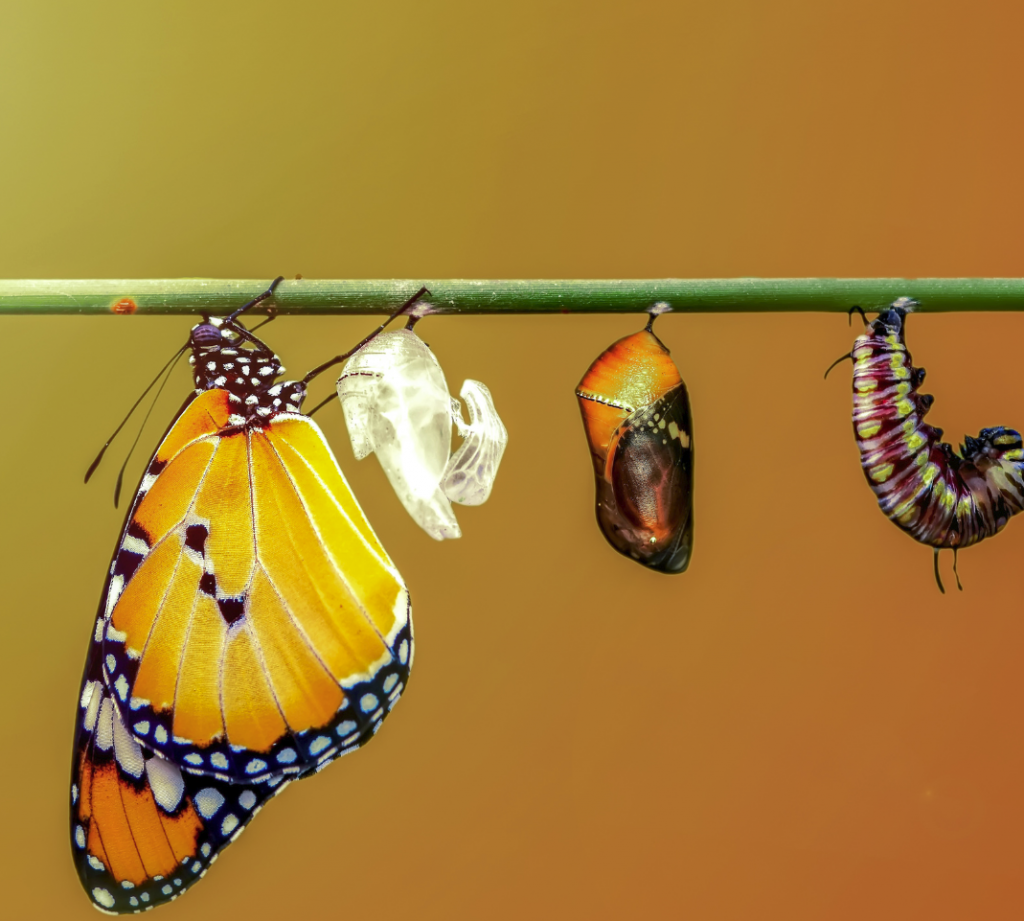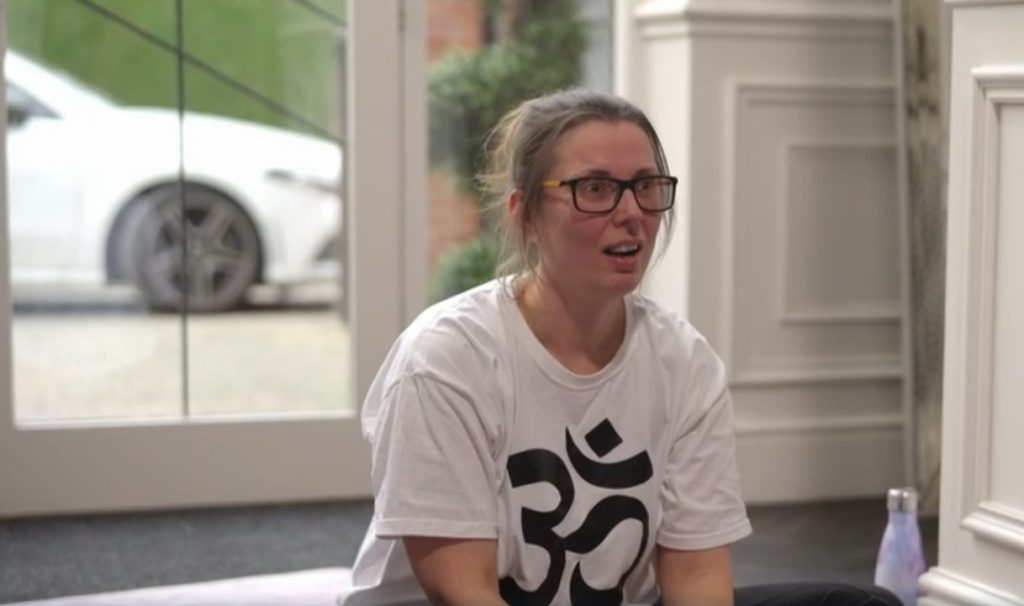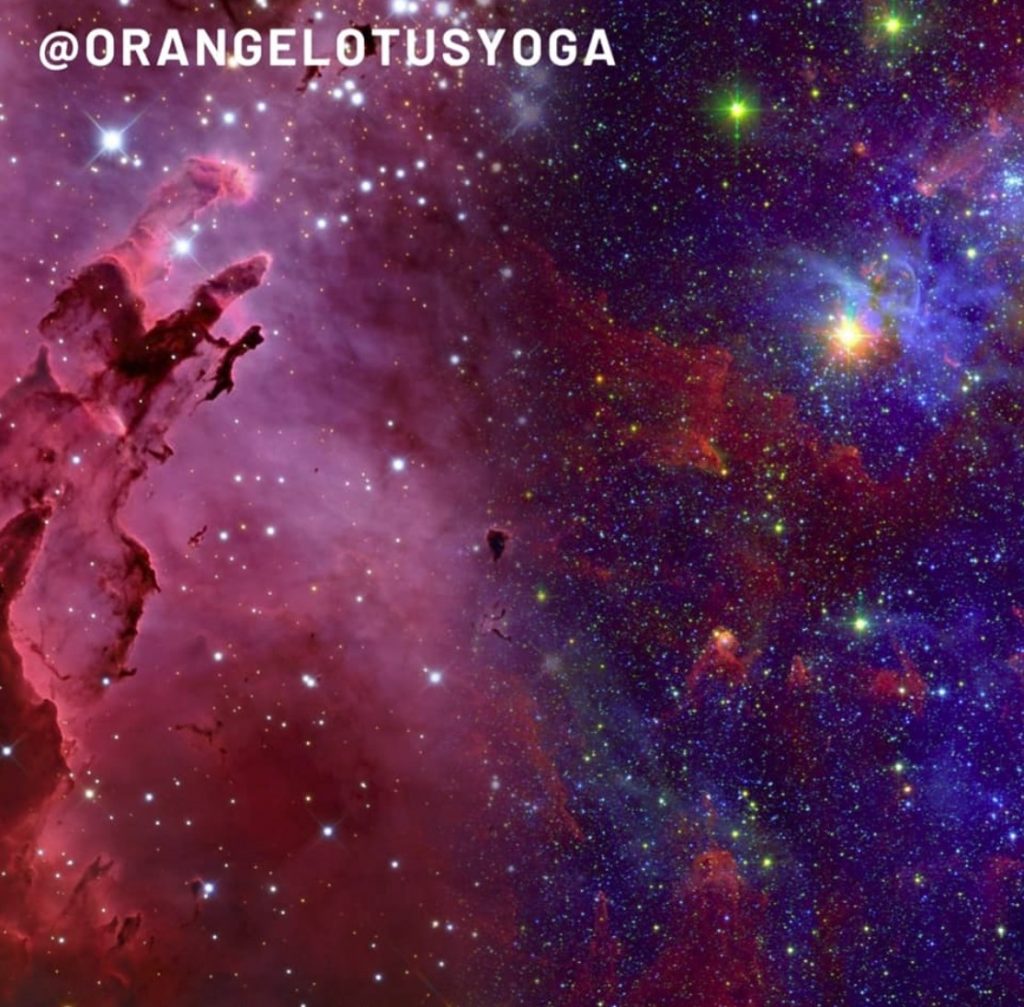Change

I think as human beings we love to create our safety bubble and stay safe there. But life is not like that. Life challenges us and tries to show us the life outside the bubble.
Change is an inherent part of life. It’s a constant force that shapes our experiences, challenges our perceptions, and moves us forward. Whether we like it or not, change is always on the horizon, and learning how to cope with it is an essential life skill. Look outside, nature changes every day. Even our bodies change every second and every seven years all our cells are completely renewed, a testament to the ever-evolving nature of existence. Change is the driving force behind personal growth and evolution. It can be both exciting and daunting, often simultaneously. The way we approach and handle change can determine our overall well-being and success in life. Here’s a roadmap to help you not only cope with change but also embrace it:
1. Breaking Big Change into Small Steps
The prospect of a significant life change, such as moving to a new city or starting a new job, can be overwhelming. To make it more manageable, break it down into smaller, more digestible steps. Think of these steps as building blocks towards the bigger change. For instance, if you’re moving to a new city, start by researching the area, then find housing, and finally plan the move itself. By focusing on one step at a time, you’ll reduce anxiety and build confidence.
2. Breaking the Patterns of Habits
Habits are powerful forces that can resist change. To embrace change, you might need to break some of your established routines. This doesn’t mean discarding all your habits; it’s about identifying which ones no longer serve you or align with your new goals. Once you’ve identified them, replace them with new, positive habits that support your desired changes. This might require patience and persistence, but it’s essential for growth.
3. Start with Small Changes
Sometimes, the fear of change itself can be paralyzing. To overcome this, start with small, manageable changes. These can be as simple as altering your daily routine or trying out a new restaurant instead of your usual one. Gradually, as you become more comfortable with small changes, you’ll build the confidence to tackle more significant transitions.
4. Accept the Change
Acceptance is a crucial step in coping with change. Recognize that change is a natural part of life and that resisting it can lead to unnecessary stress and unhappiness. Instead of fighting change, practice embracing it. This doesn’t mean you have to love every change that comes your way, but it does mean acknowledging its presence and being open to its potential benefits.
When you allow yourself to change, miracles can happen. You’ll discover new interests, meet new people, and experience personal growth. Change can lead to unexpected opportunities and open doors you never knew existed. By embracing change, you give yourself the chance to explore uncharted territories and find hidden strengths within yourself.
Change is inevitable, and learning to cope with it is a lifelong journey. So, as you move forward in life, remember that change is not the enemy; it’s the catalyst for a brighter, more fulfilling future.
Posted in Newsletter and tagged #yoga, anna smithers, Crewe Yoga, nantwich yoga, online meditation, orange lotus yoga, yoga Cheshire, Yoga Crewe, yoga nantwich by Anna Smithers with comments disabled.
The Real Housewives of Cheshire Yoga

 Because why not?! My face says it all…
Because why not?! My face says it all…And remember you don’t have to be rich to join my yoga classes, just saying

https://orangelotusyoga.co.uk/classes/
Posted in Newsletter and tagged #yoga, anna smithers, Crewe Yoga, orange lotus yoga, yoga Cheshire, Yoga Crewe by Anna Smithers with comments disabled.
How to find your Self?

If you have found yourself asking that same question – who am I? – then fear not, for there are countless paths that can lead you to the answer you seek.
Meditation: Want to explore the magic of your inner world? Meditation is a powerful tool that helps you tune out the noise of the world and tap into your own spiritual energy. Every month we organise a free meditation evening, surrounded by like-minded people. Ask me for details if you are interested.
Yoga: Who says spirituality can’t be fun and exciting? Yoga is a practice that combines breath, movement, and mindfulness to awaken your body and spirit. Meditation, relaxation and pranayama are part of yoga, Giving you countless ways of finding what you are looking for. There are a lot of yoga classes I teach every week, please have a look at the bottom of the email.
Mindfulness: Imagine discovering a whole new world of wonder in the present moment! Mindfulness is a practice that helps you appreciate life’s simple pleasures, from the beauty of nature to the joy of being alive.
Gratitude: Ready to feel the love and abundance of the universe? Cultivating gratitude is like opening up a treasure chest of positive energy and blessings that can fill your heart and soul.
Nature: Have you ever felt the power of nature lift your spirits and awaken your senses? Exploring the great outdoors is a thrilling way to connect with the natural world and tap into the energy of the universe.
Service: Helping others is a powerful way to discover your purpose and make a positive impact on the world. Volunteering your time and energy can also help you cultivate a sense of empathy and compassion for others.
Self-reflection: What if you could unlock the mysteries of your own mind and soul? Taking time for self-reflection is like going on a journey of self-discovery that can help you better understand yourself and your place in the world.
Remember, there is no one-size-fits-all approach, the key is to try new things and discover what resonates with you personally. So why not start exploring and see where your spiritual journey takes you?
#annasmithers#creweyoga#yogacheshire#yogacrewe#nantwich#nantwichyoga#WhoAmI
Posted in Newsletter and tagged #yoga, anna smithers, Crewe Yoga, nantwich yoga, orange lotus yoga, yoga Cheshire, Yoga Crewe, yoga nantwich by Anna Smithers with comments disabled.
We are the universe

Posted in Newsletter and tagged #yoga, anna smithers, Crewe Yoga, online meditation, orange lotus yoga, yoga Cheshire, Yoga Crewe by Anna Smithers with comments disabled.
Yoga and Stress Relief
The stress response has always been with us, as our prime instinct, when our ancestors had to flee from the dangerous animals or fight for food. The adrenaline rush, as we sometimes call it, in small amounts is very healthy and motivating. Even getting up from bed needs an adrenaline rush and higher blood pressure, which wouldn’t happen without our “built in stress response system”.
What is stress?
Stress occurs when our brain perceiving the threat – it could be anything from an unwanted bill to a confrontation with an angry motorist (which would be external stressor). Part of the brain called hypothalamus activates the sympathetic nervous system: releasing hormones like adrenalin and cortisol, blood pressure goes up, the heart beats faster, white blood cells stick to the walls of the veins in case of any wounds to activate the healing processes, the body retains water to preserve body fluid in case of severe bleeding, it also gets a dose of sugar and fats to give us fuel to react to defend ourselves or escape depending on situation, big amounts of glucose and oxygen are being delivered to brain, skeletal muscles and heart. Our body is prepared to escape the danger. It’s called “fight or flight response” and as was said before in small amounts has got positive effect on the body. The only problem starts when the body is effected with stress for a long time.
There is no proven link between stress and disease, but because stress impacts on our immune system, few books mention a few stress related disorders like:
- Irritable bowel syndrome IBS
- Hypertension
- Asthma
- Rheumatoid arthritis (RA)
- Migraine
- Anxiety
- Depression
And that’s where Yoga can be used as a technique, tool to improve stress related symptoms.
The idea of the “relaxation response” was introduced by Dr Herbert Benson. Dr Benson has done a lot of research on fight or flight response and in result he came up with theory that to fight stress we need to either use up the energy which our body produced during the fight or flight response, and in our daily modern lives that doesn’t happen very often, or we need to fight the stressor with different relaxation techniques.
Now let’s have a look at different relaxation technique offered by Yoga and their benefits on stress levels.
Asanas
Yoga postures have impact on our internal organs, hormone and immune system. They have been designed to keep our body, muscles and joints in a good shape. Linking Asana with breathing we create meditation practice for our body and mind.
Breathing Techniques
Breath is the basis of everything, breath is our beginning and our end; we start and end human life with it. Breath is linked to all processes in our body, every single cell and most important is its impact on our brain. We can easily see how breathing impacts everything else including the nervous system, the digestive system, the immune system, the urinary and reproductive systems. Because breathing happens automatically we don’t think about it a lot unless we experience breathing difficulties. Most people’s breathing is shallow and they don’t use full lung capacity, which can cause problems in the body.
As we discussed earlier, stress can an have impact on our breath and breath is one of the techniques yoga uses to cope with stress, yoga allows you to deepen and slow down the breath and relax the nervous system and release the tension in your body sometimes within minute.
Relaxation
No matter what we do in life we build up tension in our body and modern life does not give us a ready recipe of how to cope with it. If the tension is in the body or mind it creates a vicious circle in our body because all the organs are connected, that can have an impact on not only on our health but also life and relationships. Through relaxation we can release tensions:
- Muscular tension – that includes tension in the nervous system and hormones.
- Emotional tension – even repressed emotions can be released through relaxation.
- Mental tension – we can access the subconscious mind and release tension.
There are different techniques of relaxation like visualisation, yoga nidra, progressive relaxation and many more. All of them are about releasing tension in the body and mind to create calmer and peaceful life.
Meditation
It has been proven scientifically that there are different stages of brain activity and by meditating (and in deep relaxation) we can influence our state of mind in a controlled, awake way and move it to a theta wave state which is possible during sleep. It has been proven to be a more efficient way of energising the body than sleep
In the 21st century, era of MRI scans, advanced technology and advanced medicine, our life is still full of daily stress. Yoga starts to be recognised by medical research as one of the remedies for stress. Its techniques have been proved to have a calming effect on the body and the mind and are a holistic approach to physical disorders. No matter what a person’s conditions are, and what approach to yoga they take, if it’s done in a safe way it has an impact on mental and physical health.
In case of any medical conditions always seek advice of your GP before starting your Yoga Pratice.
Bibliography
Bennett R., (2015), handouts day 9, 21st of March 2015, Fight or Flight
Bennett R., (2015), handouts day 9, 21st of March 2015, What happens when we relax?
Boolani H., Reddy N., Atkins d., and Lakkireddy d., (2013), Healing the Heart: Can Yoga be the Missing Piece that Completes the Puzzle in Modern Medicine?, Yoga and Physical Therapy 3: 148. doi:10.4172/2157-7595.1000148
Davies M., (2008), The Relaxation & Stress Reduction Workbook
McCall T., (2007), Yoga as Medicine
Saraswati N., (2005), Seeing Yoga, a contemplation of Pantajali’s Yoga Sutras
Saraswati S., (1983), Meditation from the tantras
Saraswati S., (1998), Yoga Nidra
Saraswati S., (2008), Asana, Pranayama, Mudra, Bandha
Sarkar, D. and Deepak, A. , 2009. Yoga Therapy for Countering the Adverse Effects on Astronauts’ Health Due to Micro-G or Zero-G Environment: A Concept Study http://www.yogaforspacehealth.com/downloads/Yoga-For-Space-Health.pdf
Smitha C. at al, 2007, A randomised comparative trial of yoga and relaxation to reduce stress and anxiety, Complementary Therapies in Medicine, v 15, pp. 77—83
Tortora G., Derrickson B., (2011), Principles of Anatomy & Phisiology
Posted in Newsletter and tagged #yoga, Crewe Yoga, yoga and stress, yoga and stress relief, yoga Cheshire, Yoga Crewe by Anna Smithers with comments disabled.